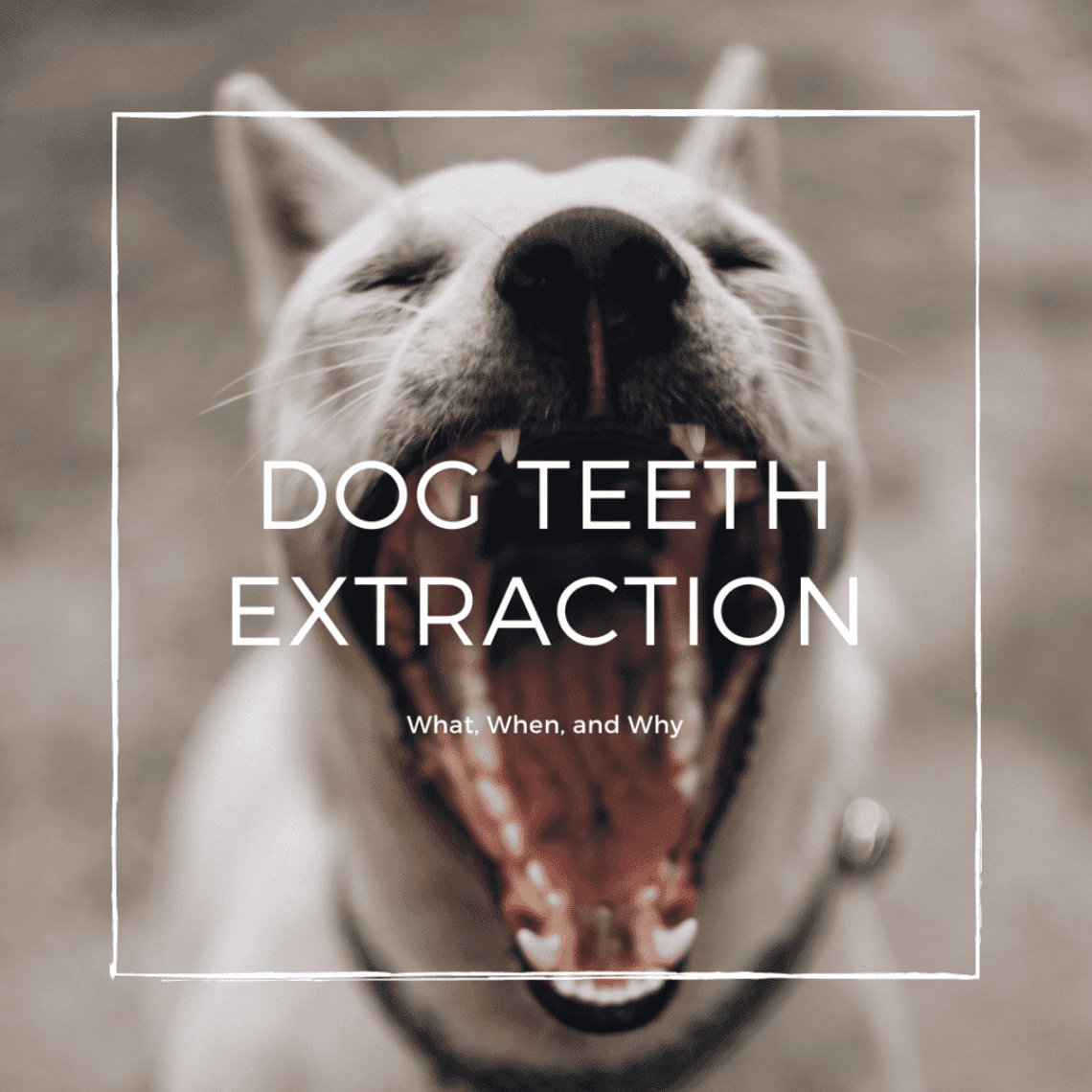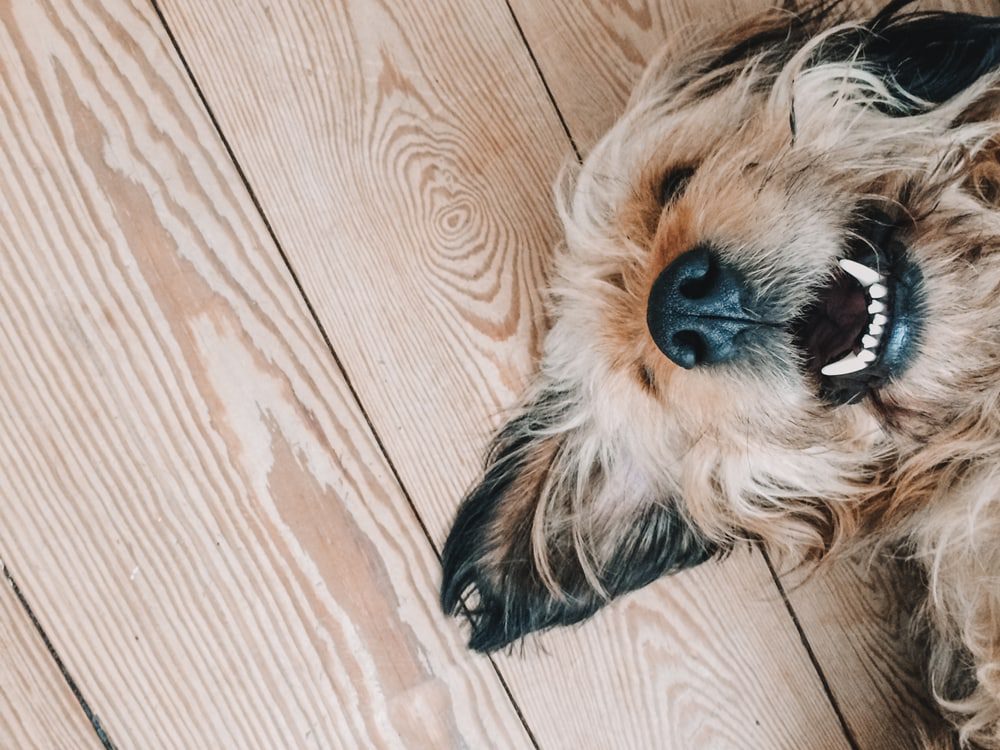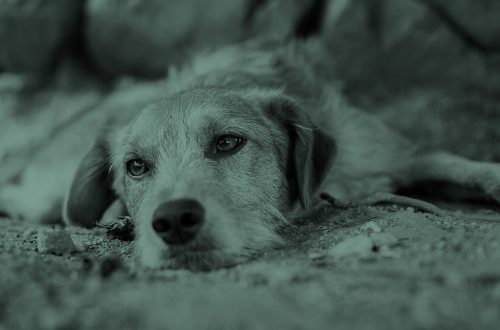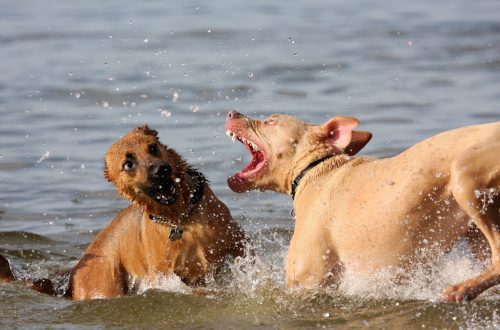
Is it worth removing a dog’s teeth: the need for a procedure, restoration and prevention
Extraction of teeth in dogs occupies the first lines in the list of the most frequently performed veterinary operations. One of the main reasons for this procedure is periodontal disease, which is called periodontitis. This is a very common condition, especially among older dogs.
Contents
Should a dog’s teeth be removed: the main reasons
There are many possible reasons why a dog’s tooth needs to be removed. The first is periodontal disease.
In periodontitis, bacteria infect and weaken the periodontal ligaments, the connective tissue that surrounds the tooth and connects it to the inner wall of the alveolar bone. If this connection is weakened, the infection can penetrate deeper and lead to the formation of abscesses – foci of infection between the tooth and bone. The tooth eventually loses its bone support, loosens in the hole and falls out.
Since many teeth have multiple roots, each of which can be affected to varying degrees, a diseased tooth may not fall out, holding firmly in place, as long as at least one of the roots remains relatively healthy. However, the longer the diseased tooth remains in place, the longer the focus of infection persists.
In this case, extraction as a dental treatment tactic in dogs is critical. After the diseased tooth is removed and the infected area is cleaned, the pet can finally get rid of the infection. It not only creates discomfort and leads to bad breath, but also increases the risk of infection of major organ systems if bacteria enter the bloodstream.
In addition to periodontal disease, extractions of teeth in older dogs, as well as in young ones, may be required in the following cases:
- Tooth fracture. In some injuries, the pulp is exposed, eventually leading to infection of the roots and the formation of painful abscesses.
- Milk, or temporary, teeth. To make room for healthy permanent teeth, you need to contact a veterinarian. He will advise how milk teeth are removed from a dog in such cases.
- Oral injury. For example, a broken jaw
- Tumors of the oral cavity. During treatment, it may be necessary to remove nearby teeth.
- Orthodontic anomaliesin which teeth in dogs grow in the wrong place.

What to do if a dog has a toothache: alternatives to extraction
Options include root canal treatment, vital pulpectomy, and pediatric orthodontic care. However, such complex procedures are not always required. Only a certified veterinary dentist can prescribe them. But treatment of infected roots usually requires removal.
The dog has a toothache: how is it removed
Each tooth is unique, and in each case, treatment requires an individual approach. For example, some severely loosened teeth can be easily removed in one move, while other cases may require surgery lasting more than an hour.
When extracting a tooth, the veterinarian will take the following steps:
- will clean all teeth and gums;
- if necessary, take an x-ray of the affected areas or the entire oral cavity;
- select the tooth or teeth to be extracted;
- inject a local anesthetic;
- make surgical incisions in nearby tissues;
- will drill into the tooth or teeth to isolate the roots and tear the adjacent ligaments;
- cleans the space between teeth and gums;
- will take an x-ray to make sure that all parts of the root are removed;
- suture the incisions.
The veterinarian can apply a sealant to the dog after the tooth has been removed, prescribe an antibiotic, and a pain reliever.
Complete extraction of teeth
Total tooth extraction is usually recommended for animals with advanced periodontal disease. Fortunately, dogs without teeth can live normal, fulfilling lives, and for them it is preferable to living with bad teeth.
And while most dogs that have had all their teeth removed will have to eat soft food for the rest of their lives, the pet will definitely learn to eat normally and feel good without pain and infection in the mouth.
What to feed a dog after tooth extraction and how to care for it
Most dogs take 48 to 72 hours to fully regain their previous levels of activity and appetite. However, the recovery will be fully completed only after the incision site has completely healed and the sutures have resolved. Typically, this takes a couple of weeks.
Your veterinarian will likely advise you to feed your dog soft food, limit its activity, and refrain from brushing its teeth for a few days to a week. After that, the pet will be able to return to the usual diet and activity.
Prevention
To prevent the dog from having to remove teeth, it is necessary to take it to the dentist at least once a year, and if necessary, for professional teeth cleaning under anesthesia. At home, it is recommended to brush your teeth daily and, if possible, prevent injuries.
Although every dog is different, usually by the age of two, any dog is ready to undergo a dental examination. The veterinarian will give the necessary recommendations on the timing of a complete examination of the oral cavity and brushing your teeth. To avoid injury to the oral cavity, it is necessary to limit the pet’s access to bones, stones and other hard objects that it can gnaw, such as horns and hooves. It must be remembered that dental care without anesthesia does not replace dental procedures under anesthesia.
You should think about dog food that helps prevent the formation of plaque and tartar. In the event of an aggressive buildup of plaque and tartar, you should consult your veterinarian about a therapeutic dog food formulated specifically to support the oral health of your four-legged friends.
See also:
Dental disease in dogs: symptoms and treatment
Dog teeth cleaning and oral care at home
Changing your puppy’s teeth
Oral care and dental health care
Pet Dental Health: What Happens During Deep Teeth Cleaning?





